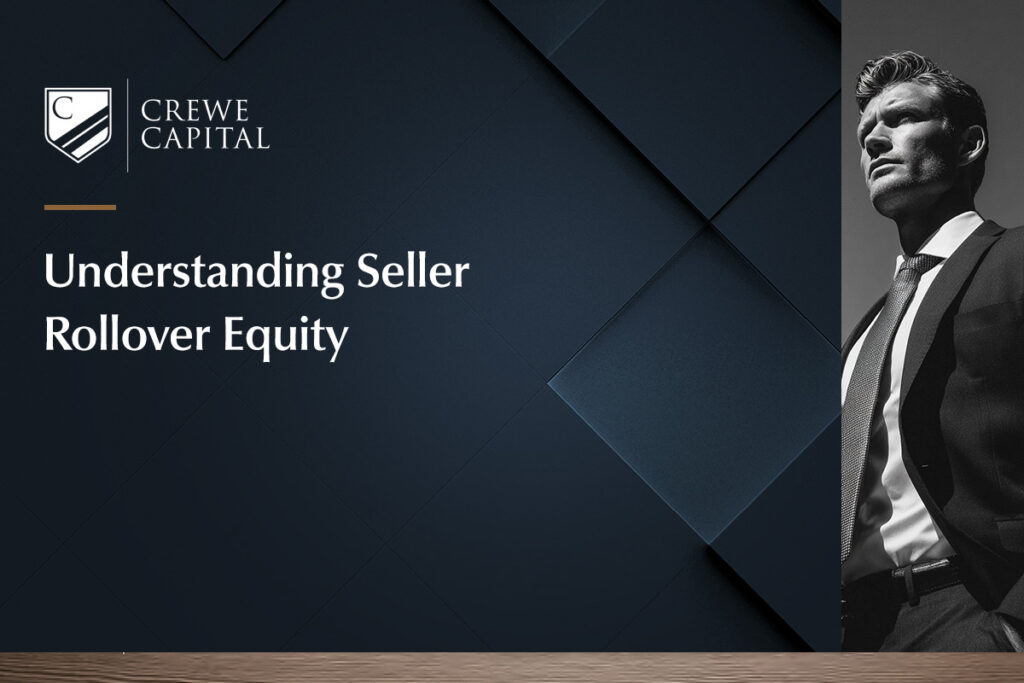In the first post of this three-part series, we discussed the strategic perspective of positioning a middle-market company for a sale, how to optimize revenue, the quality of earnings given the constraints of a firm’s business model, and financial metrics that can be utilized to evaluate a company’s positioning for sale. Once those steps are completed, you will need to identify important house-cleaning actions, including accounting, financial, operational, and legal that prepare your business for a sale.
Getting Your Financials in Order
Because selling a business requires extensive preparation, starting the process early will help provide the best opportunity for a successful outcome. In order to plan ahead of time, it is important to organize the finances of your business. Buyers typically seek financial statements that include year-to-date data as well as trailing three years, compiled according to GAAP (generally accepted accounting principles). Not always, but most businesses trade on a multiple of 12 months trailing EBITDA. Buyers use this set of financials to help identify trends and key metrics like growth rate and margin expansion or contraction, which ultimately determines how they price the acquisition.
It is also important to recognize if you’ve been overspending or underspending. In either case, your business may take a hit on value. For example, if you are underspending and avoiding hiring new talent to demonstrate increased profitability, it can hurt because a buyer will know that key hires need to be made. Notice if your team is spread too thin. If you don’t have a CFO or COO and the business needs it, you should consider remedying that situation in advance of a sale. Overspending can be harder to identify, but one telltale sign is if certain expenses as a percentage are currently higher than during the previous three years. Common overspending categories are on R&D or growth, so you may want to pull that spend back. In this scenario, you may want to consider normalizing the trend in order to get a better price on exit.
Addressing expenses is not only easier prior to a sale, but also makes a company much more attractive to a potential buyer. Additionally, ensure that any and all personal expenses are cleaned up during this time. For example, you don’t want to have your family boat, spouse’s car, or children’s student housing on the company books.
Disorganized or incomplete financial information can easily derail an otherwise well-aligned transaction, while organized financials will streamline the process and potentially make it much less expensive. If you’ve been running the books yourself as a CEO, it may create some concerns for potential buyers. Many want to confirm that existing infrastructure is in place to not only support growth but also ensure good reporting to investors.
Red Flags for Buyers
It is best to consider a potential buyer’s motivation and expectations in order to know how to make the business most attractive for a sale. Understanding red flags for a buyer, like nepotism, is beneficial to positioning the company well before a sale process. For example, buyers don’t like seeing a company mainly employed with family members. Working with an investment bank can help identify and alleviate these investor concerns.
Additionally, it is critical that you own your intellectual property. Make sure you’ve done all the legal work and that you own all of your IP including the brand, assets, trademarks, patents, and copyrights so you don’t run into potential issues.
Supplier and customer concentration can also be a red flag. If there is a disruption in the supply chain, do you have other suppliers that you can turn to quickly? If your top customer left, would that have a meaningful impact on revenue or key metrics? Mitigating these risks will help buyers become more comfortable with your business, potentially increasing the value of your business by reducing the perceived risks in the business.
Do you have a succession plan in place? You should think through the succession plan for your business. Many sellers underestimate the importance of having a succession plan prepared. This could include management staying on after the sale or having key people trained and prepared to take over important roles of employees that may leave after a sale. You may want to consider long term incentive programs (LTIP) or “stay bonuses” to keep employees incentivized to remain in their role throughout the M&A process. Employee attrition can destabilize the business during the M&A process and LTIPs can help create continuity.
Set Your Expectations and Prepare for the Unexpected
Once financials are sorted, it is important to define what a winning sale looks like to you. Hiring an investment bank can help you make this determination. Think about the sale process ahead and whether you would prefer selling to a financial buyer or strategic buyer? A strategic buyer typically can afford to pay more because of potential synergies, while a financial buyer usually pays market price unless they are already invested in the sector. However, being able to pay a higher valuation and doing it is not the same. Having your investment banker manage a competitive auction is critical to nudging buyers to pay more if they want your company. It is also important to consider that while a strategic buyer can hold your business indefinitely, a financial buyer typically holds the business for three to five years before initiating the sale process all over again.
Consider what your end goals are. Are you trying to take care of the people closest to you? Perhaps you want to ensure that your loyal employees benefit financially from the sale? Maybe your primary goal is simply to never have to work again? Are you focused on trying to get maximum value for the business? Or perhaps your priority is to find a partner who can help you grow in ways you can’t on your own? It is important to define what success looks like to you because the plan that an investment bank helps you put in place should be based on that personal definition of success.
Thinking About Selling?
We make it a point to sit down with our clients prior to a sale and talk about pre- and post-sale expectations. Our goal is to provide a clear view of what your life will look like afterward, and we will spend as much time as necessary to build a relationship of trust. Throughout the process we will remain flexible, adjusting the plan and goals as needed.






























